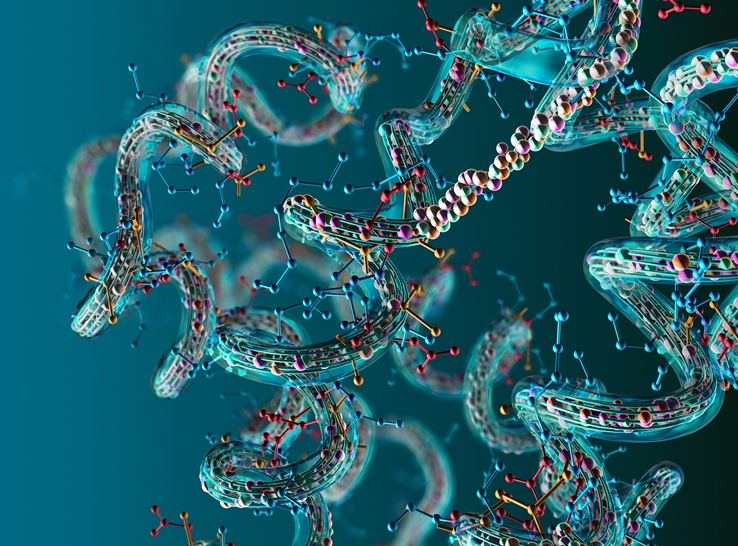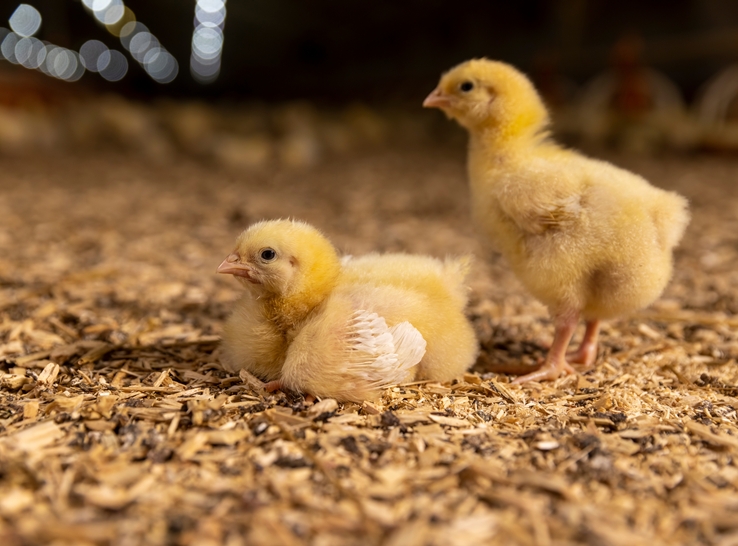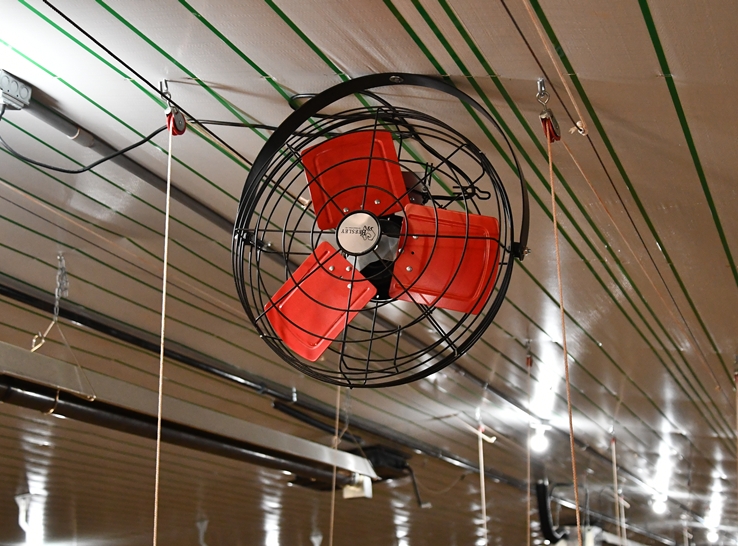Providing chicks a dark period from the time of placement in the broiler house is practical and affordable for broiler producers and has no apparent negative effects on broiler performance, according to research conducted by Garret Ashabranner, PhD; Brian Fairchild, PhD; and Michael Czarick, engineer at the University of Georgia.
“These findings challenge the prevailing theory that providing broiler chicks with continuous light yields performance benefits,” Fairchild said, adding that providing a dark period may result in positive outcomes, such as a reduced percentage of lame birds based on the three field trials conducted. However, more data are needed for a definitive conclusion on this.
Why continuous light?
Broiler producers typically provide 23 to 24 hours of light during the first 7 days of a flock. The theory is that providing chicks with continuous or near continuous light ensures that chicks will consume the maximum amount of feed during the first week of the flock growout.
In addition, continuous light is thought to decrease early chick mortality due to starvation. However, this assumption has yet to be thoroughly studied.
Study design
The objective of this study was to determine the effect of varying day lengths on broiler performance, melatonin, corticosterone, superoxide dismutase (an enzyme associated with oxidative stress) and tibial breaking strength.
The researchers conducted a series of six trials utilizing six rooms (two per treatment). Each room had four pens, with 552 birds per pen.
Starting on day 7, they collected blood samples in the middle of the dark and light periods every 7 days. Then, they used enzyme-linked immunosorbent assays to test the blood samples for melatonin, corticosterone and superoxide dismutase.
On the last day of the study, the researchers collected tibias and measured bone strength using a servo-hydraulic testing machine, which is commonly used in the poultry industry to evaluate the quality of poultry products.
Improved performance with dark period
Both 4- and 6-hour dark periods during brooding significantly reduced bodyweight during the first week of age compared to broilers brooded under continuous light in pen trials. However, birds brooded with dark periods exhibited compensatory growth, with significantly higher bodyweight and weight gain than broilers brooded with continuous light from days 10 to 21.
Interestingly, feed efficiency and end-of-flock performance remained unaffected by brooding broilers under dark periods.
While there were no differences in corticosterone, superoxide dismutase or tibial breaking strength between giving birds continuous light and a dark period in the first week, the UGA Poultry Housing Team did observe that including a dark period during brooding significantly increased the melatonin setpoint in broilers.
To their knowledge, the team believes this is the first time that melatonin concentrations might be linked to the lighting program or hours of darkness in the first week of broiler growth. They think it is possible that the melatonin levels may play roles in bird performance and other key welfare indicators, but more research is needed.
Key takeaways
Providing a dark period from the beginning of the flock does not have a negative impact on broiler performance, as many poultry producers previously thought. Furthermore, study results suggest that continuous-lighting practices do not contribute to improved end-of-flock performance.
“This study offers some valuable insights into the effects of providing a dark period throughout the entire flock on broiler performance and physiological responses,” Fairchild concluded.
The research was funded by USPOULTRY and the USPOULTRY Foundation, thanks in part to Koch Foods. Click here to view the industry summary.
Editor’s note: Content on Modern Poultry’s Industry Insights pages is provided and/or commissioned by our sponsors, who assume full responsibility for its accuracy and compliance.








